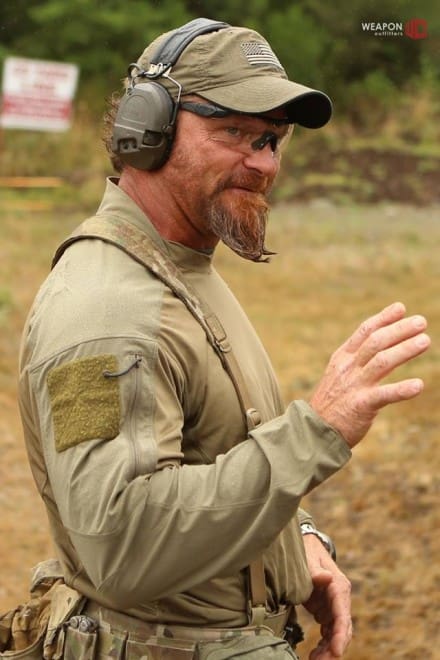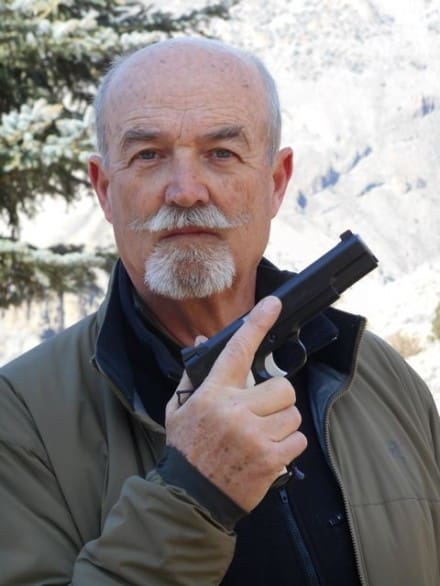Flat range mindset is a sticking point with me during training. Too often, when I set up drills that require kinetics, guys are hesitant to move in varying directions, with a gun in their hands. The administrative need to orient it downrange overrides the necessity to move naturally with a weapon system in hand.
I often ask those, with whom I am training, “How do we run with a pistol or a rifle?” To which I will answer, “The same way we move without a pistol or a rifle.”
If we are switched on, this can easily be accomplished while staying within the parameters of safe gun handling, while mitigating the IPSC style of nutty antics of running in one direction, while orienting our weapon system in another…..downrange.
A compressed ready, for instance, with a pistol, or a football carry with a rifle, will allow us to move naturally and provide us with the mobility necessary to get where we are going. The objective, when moving, is to get to where we are going. Mobility equals survivability. Train like you fight.
Patrick McNamara
SGM, US Army (Ret)
Patrick McNamara spent twenty-two years in the United States Army in a myriad of special operations units. When he worked in the premier Special Missions Unit, he became an impeccable marksman, shooting with accurate, lethal results and tactical effectiveness. McNamara has trained tactical applications of shooting to people of all levels of marksmanship, from varsity level soldiers, and police officers who work the streets to civilians with little to no time behind the trigger.
His military experience quickly taught him that there is more to tactical marksmanship than merely squeezing the trigger. Utilizing his years of experience, McNamara developed a training methodology that is safe, effective and combat relevant and encourages a continuous thought process. This methodology teaches how to maintain safety at all times and choose targets that force accountability, as well as provides courses covering several categories, including individual, collective, on line and standards.
While serving as his Unit’s Marksmanship NCO, he developed his own marksmanship club with NRA, CMP, and USPSA affiliations. Mac ran monthly IPSC matches and ran semi annual military marksmanship championships to encourage marksmanship fundamentals and competitiveness throughout the Army.He retired from the Army’s premier hostage rescue unit as a Sergeant Major and is the author of T.A.P.S. (Tactical Application of Practical Shooting). He also served as the Principle of TMACS Inc.
Gunfighter Moment is a weekly feature brought to you by Alias Training & Security Services. Each week Alias brings us a different Trainer and in turn they offer some words of wisdom.





















































































































